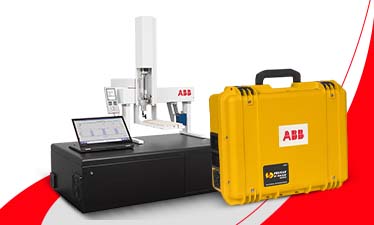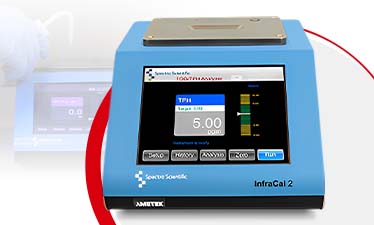All You Need to Know About Fatigue Testing
Materials testing systems play an integral role in a range of applications including the fatigue testing methods. Fatigue testing helps to determine a material’s capacity to withstand cyclic fatigue loading conditions.
By design, the selection of a material is done to exceed or meet service loads that are anticipated in fatigue testing applications. The cyclic fatigue testing generates recurring loading and unloading in compression, tension, torsion, bending or combinations of these stresses.
In this blog, we discuss the most essential details of fatigue testing. Keep reading till the end to find out more.
Purpose of Fatigue Testing
Generally the primary purpose that a fatigue test serves is to determine a material's expected lifespan subjected to cyclic loading. However, crack resistance and fatigue strength are commonly sought values as well.
The fatigue life of a material gives a description of the total number of cycles that a material can be subjected to under a single loading scheme. A fatigue test is also used for the determination of the maximum load that a sample can withstand for a specified number of cycles.
These properties of a material are extremely significant in any industry where a material is subject to fluctuating instead of constant forces.
Performing A Fatigue Test
In order to perform a fatigue test, a sample is loaded into a fatigue test machine or fatigue tester and then loaded by utilising the predetermined test stress, then unloaded to either zero load or an opposite load.
This cycle of loading and unloading is then consistently repeated until the end of the test is reached. The test may be running to a predetermined number of cycles or until the sample has failed depending on the testing guidelines set.
Different Types of Fatigue Tests
While there are many common types of fatigue tests available the two of the most popular forms of testing are - load controlled high cycle and strain controlled low cycle fatigue.
A load controlled high cycle test tends to be associated with loads in the elastic regime whereas the strain controlled low cycle fatigue tests typically include plastic deformations.
Different Types of Fatigue Testing Materials Involved
Almost every material might experience fatigue in one way or another during their service period in an application. However, in applications where fatigue is an influential factor it is common to find components made from metals or composites.
These materials have a higher limitation capacity when it comes to withstand fatigue than others. This is due to their rigidity and ductility, which are characteristics that tend to increase fatigue strength.
Other materials, such as polymers, wood and ceramics may experience fatigue and also require to be tested for understanding how they will react to these unique stress combinations.
If you are interested to learn more about fatigue testing or fatigue testing systems then make sure to find an expert supplier and get in touch with them.








